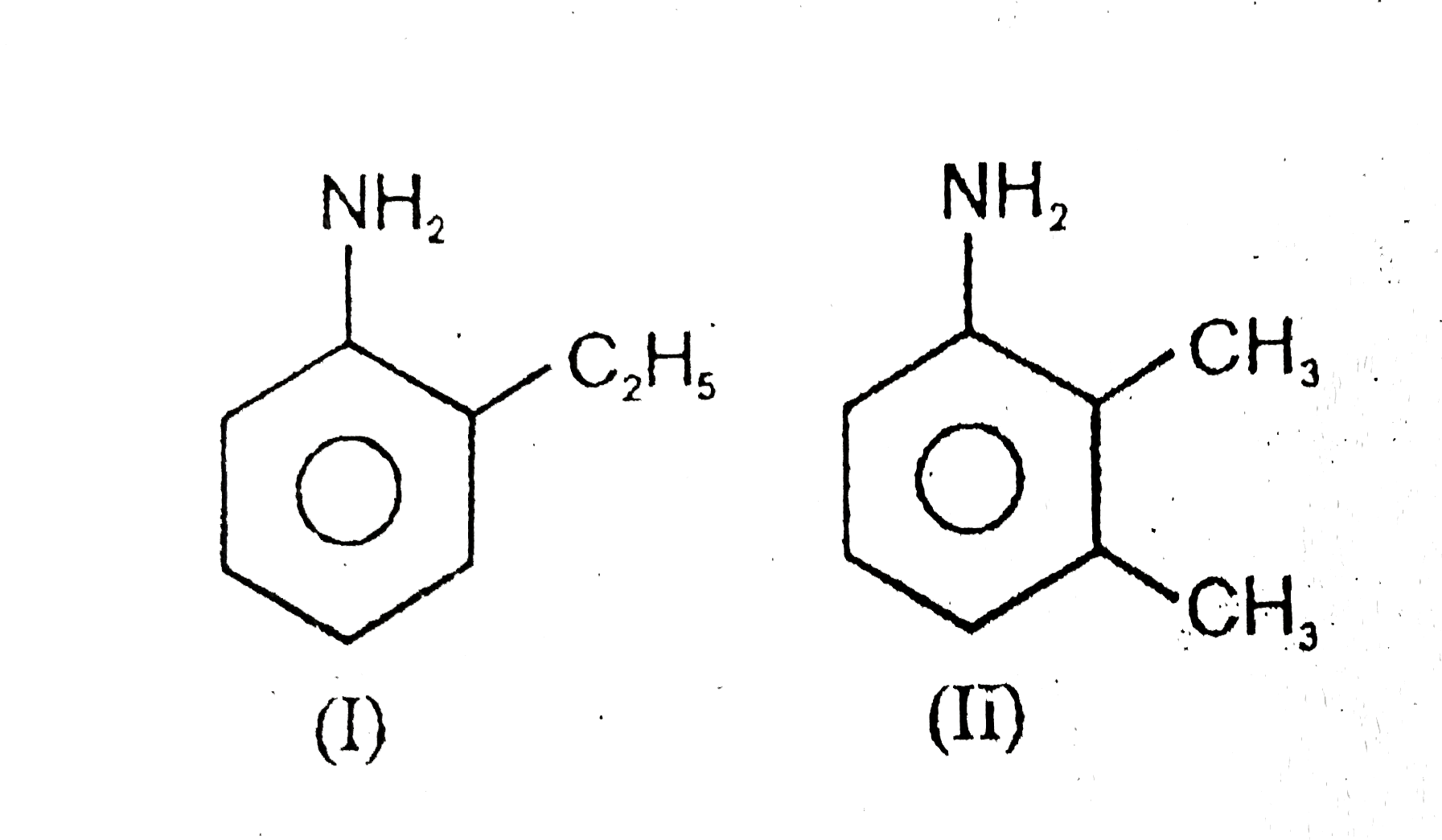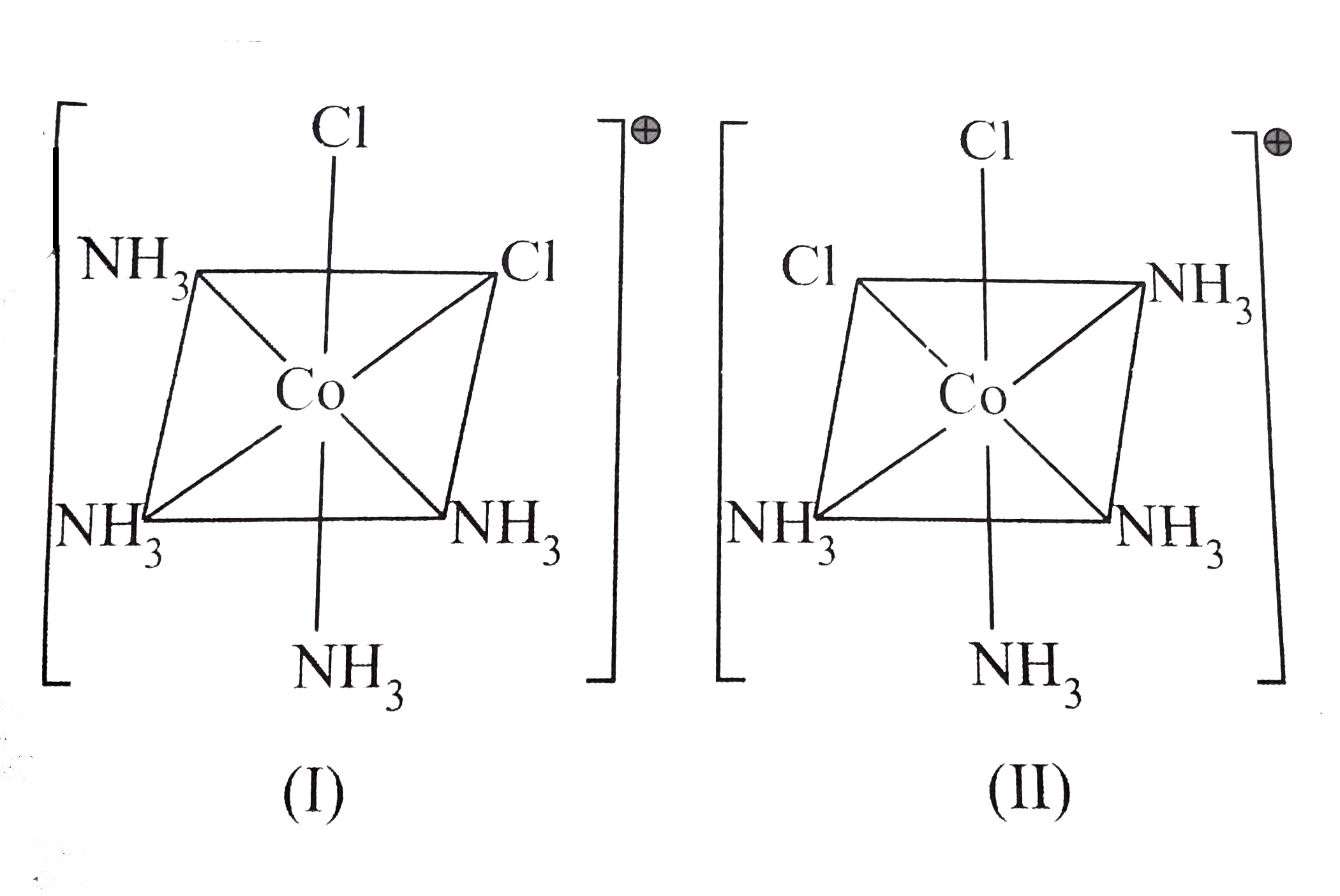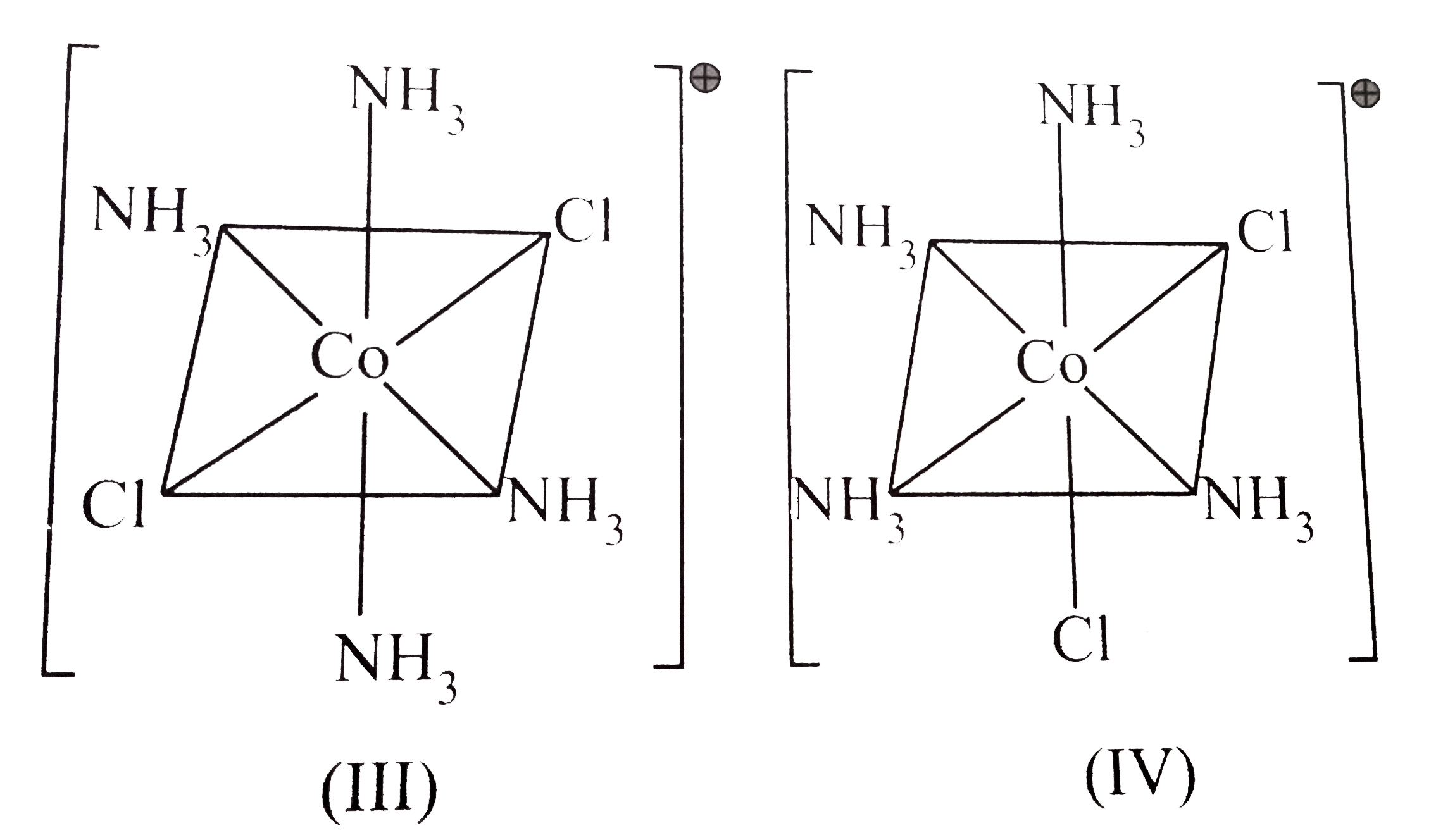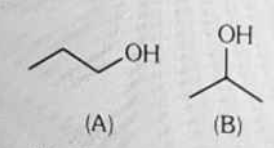

(A) I & II are chain isomers
(B) I & III are functional isomers
(C ) III & IV are metamers
(D) III & IV are functional isomers
Incorrect statement is :
Only A & B
Only C
Only C & D
Only A & C
The correct Answer is:B
Step by step video, text & image solution for (A) I & II are chain isomers (B) I & III are functional isomers (C ) III & IV are metamers (D) III & IV are functional isomers Incorrect statement is : by Chemistry experts to help you in doubts & scoring excellent marks in Class 12 exams.
Updated on:21/07/2023Topper's Solved these Questions
- TEST PAPERSBOOK - RESONANCECHAPTER - TEST PAPERSEXERCISE - PART - III CHEMISTRY SEC - 1
12 Videos
- TEST PAPERSBOOK - RESONANCECHAPTER - TEST PAPERSEXERCISE - PART - III CHEMISTRY SEC - 2
18 Videos
- SURFACE CHEMISTRYBOOK - RESONANCECHAPTER - SURFACE CHEMISTRYEXERCISE - Section - 5
1 Video
- TEST SERIESBOOK - RESONANCECHAPTER - TEST SERIESEXERCISE - CHEMISTRY
50 Videos
Similar Questions
Knowledge Check
Consider the following spatial arrangements of the octahedral complex ion [Co(NH3)4CI2]⊕


Which of the following statements is incorrect regarding these structures?AI and II are enantiomersBII and III are cis and trans isomers respectivelyCIII and IV are trans and cis isomers respectivelyDII and IV have identical structuresOptical isomers
I. are mirror images
II. Cannot be superimposed on one another
III.are also called as enantiomers
The correct statement(s) is /areAI and IIBII and IIICI and IIIDAll of theseAmino acids are functional isomers of
(i) oximes
(ii) amides
(iii) alkyl nitrites
(iv) nitroalkanesA(i),(ii),(iii),(iv)B(i),(ii)C(iii),(iv)D(ii),(iii),(iv)
Structural Isomers, Chain Isomers, Position Isomers, Functional Isomers
View SolutionIsomerism : isomers and classification OF isomers,structural isomers :- 1) chain,2) position,3) functional isomers
View SolutionAnalyes the following wing pairs of compounds.
Write 1, if they are tautomers.
Write 2, id they are metamers.
Write 3, if they are position isomers.
Write 4, id they are functional group isomers.
Write 5, if they are chain siomers.
Write 6, if they are not isomers.


View SolutionWrite the ring chain functional isomer of compound But-2-ene are?
View SolutionWhich of the following statements are correct?
(I) A pair of positional isomers differs in the position of the same functional group.
(II) A pair of structural isomers have the same relative molar mass.
(III) A pair of functional group isomers belongs to different homologous series.
View Solution

